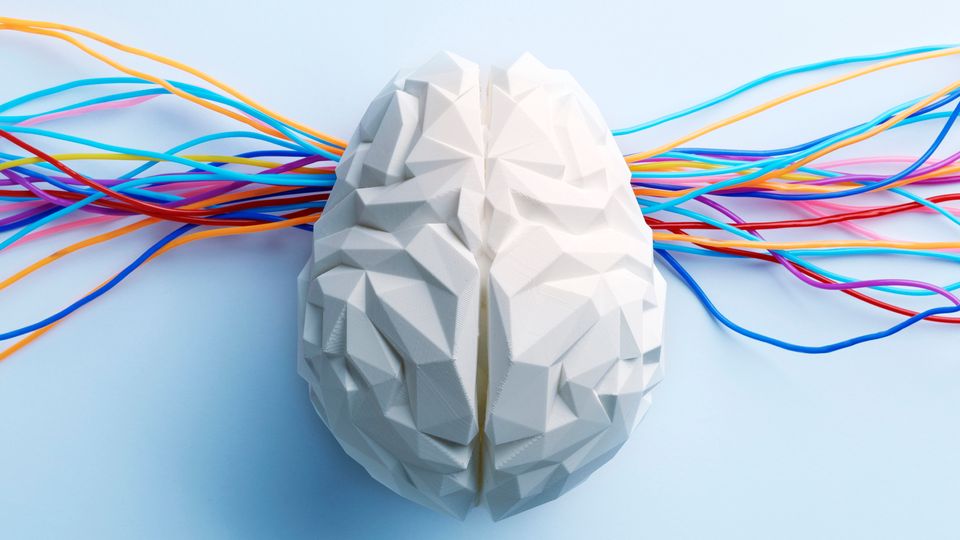The human brain is an evolutionary marvel, but don’t get too big a head about it. After all, it shares its blueprint with sea anemones.
How can it be that perhaps the world’s greatest evolutionary wonder has such commonality with a simple, hollow sea creature?
New research from the Layden Lab at Lehigh has demonstrated that the gene mechanisms at work during neurogenesis in the brain actually predate the evolutionary development of the central nervous system. In other words, to build our brains, nature is borrowing the blueprints from much simpler creatures that predate us and other animals on the evolutionary timeline.
Want more breaking news?
Subscribe to Technology Networks’ daily newsletter, delivering breaking science news straight to your inbox every day.
Subscribe for FREE“Sea anemones are cnidarians, the sister taxon to bilaterians, which includes humans and most other animals,” said Michael Layden,associate professor of biological sciences and director of the Layden Lab. “Our research demonstrates that these gene programs may have been inherited from the common ancestor of cnidarians and bilaterians, and may not have been specifically adapted for brain development.”
By investigating how these animals build their nervous systems, we can gain an understanding of the building blocks. If you don’t know where you started, it’s hard to know how you got where you are.




